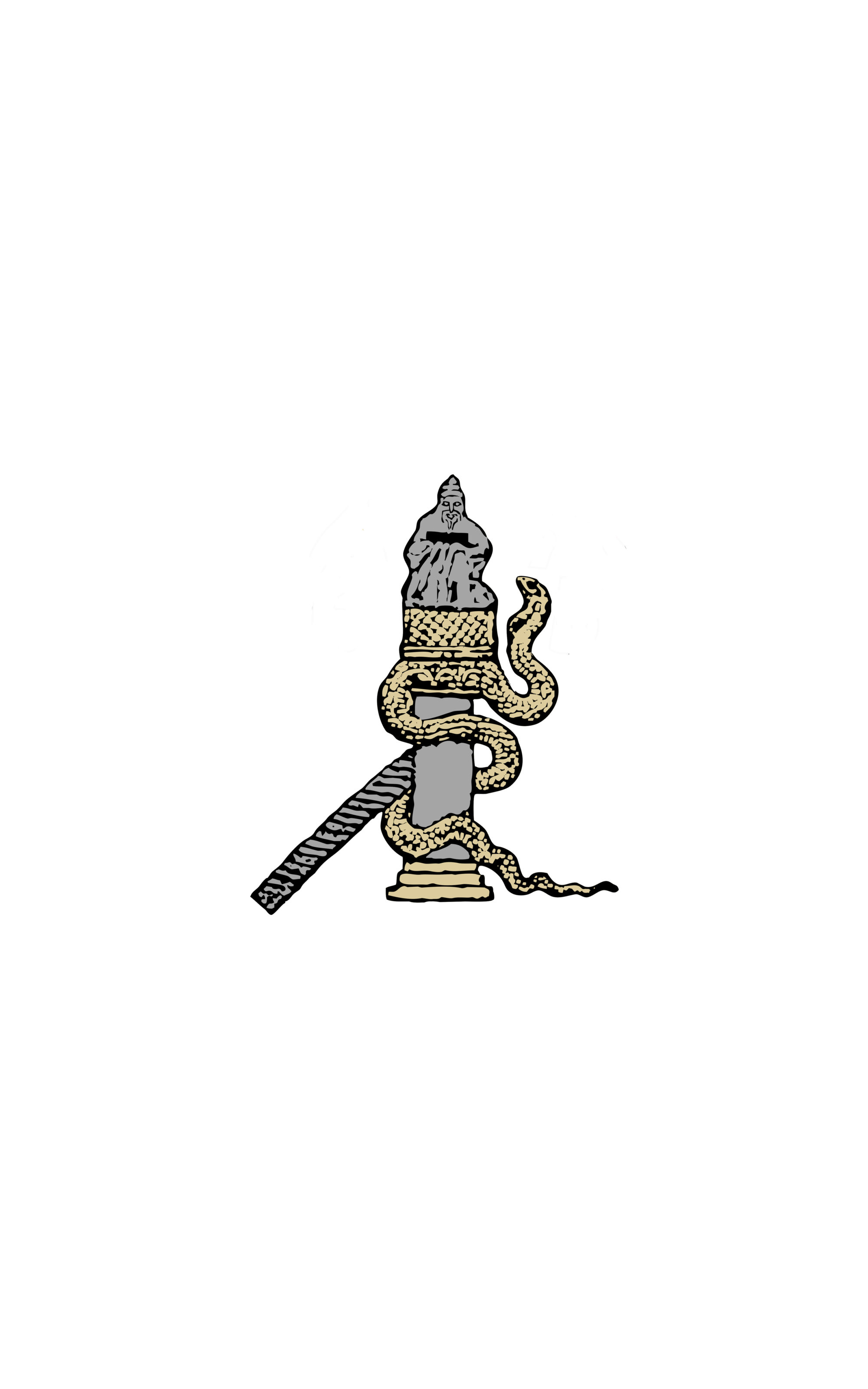The Byzantine Revival and the “Oriental” Synagogue
Fani Gargova, Université de Viennes
It is commonly known that Byzantine elements were widely used from the early 1840s up to the 1940s in the search for an architectural language to represent Jewish identity; yet art historical scholarship has dealt surprisingly little with this fact. A thorough analysis of the origins of these “rediscovered” architectural elements, the means of employment, and the symbolic meaning of these references in the context of synagogue architecture and the Jewish community is still missing.
The fashion to build in the Neo-Byzantine style started at a time, when historicism flourished, but its use endured in ways unlike the majority of tendencies of the 19th and 20th centuries by coming also into symbiosis with the Avant-Gardes and transforming its formal vocabulary to fit the needs of modernization. An example of this process is the extensive and conscious use of precious material such as gold or marble, as well as a certain renaissance of the dome.
Nevertheless the Byzantine revival in Jewish architecture was a rather Western phenomenon. It was marked by the common Western fascination and occupation of the “Orient”. The nascent identification of the Jewish community with this geographical region met with the need to express their “Otherness”. Thus it is necessary to ask to what extent patrons and viewers were aware of visual Byzantine influences and to further investigate the (mis-) understanding of its formal vocabulary.
This paper will seek to examine the modes of application of Byzantine elements and the reasons for its continuous use among synagogues built during the 19th and 20th centuries. It will draw attention to the problem of appropriating the “Orient” and exemplify it on the basis of synagogue architecture from Western and Eastern Europe and the United States.

